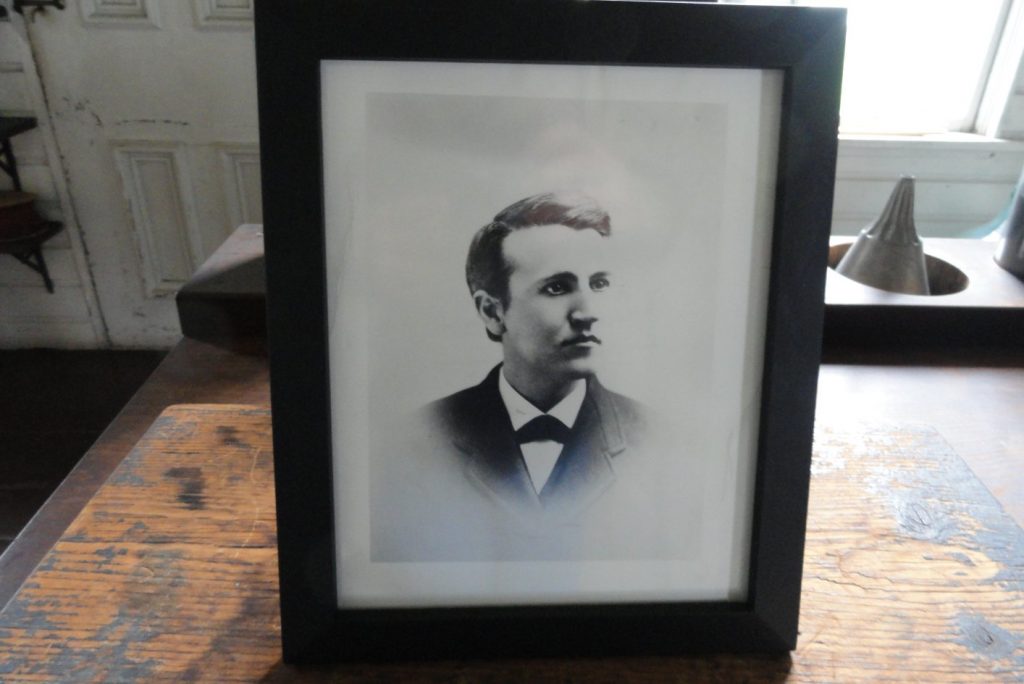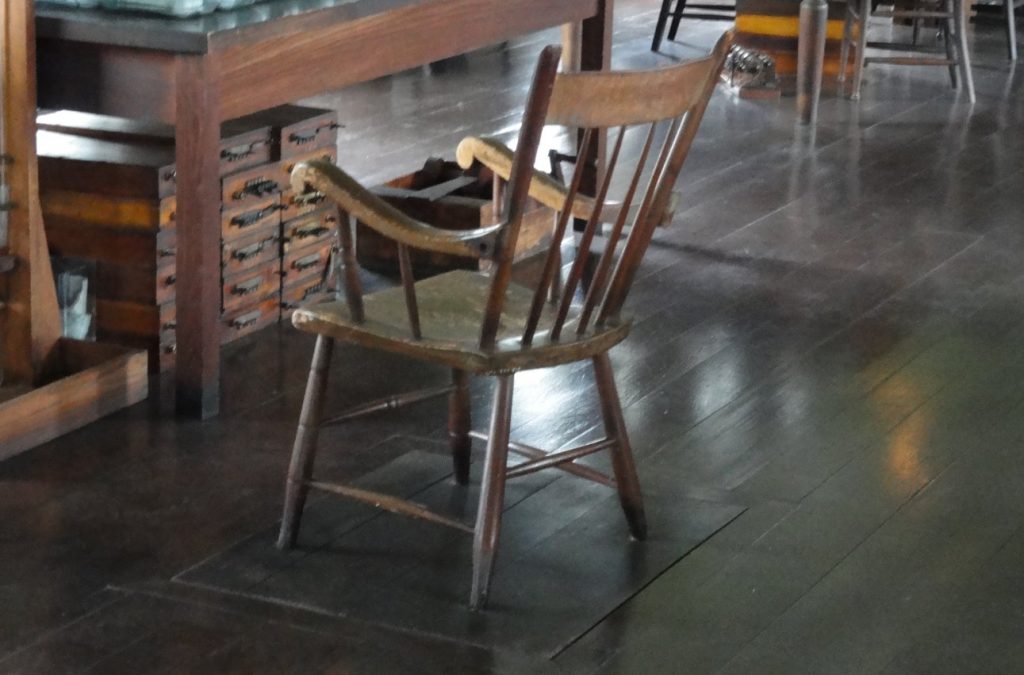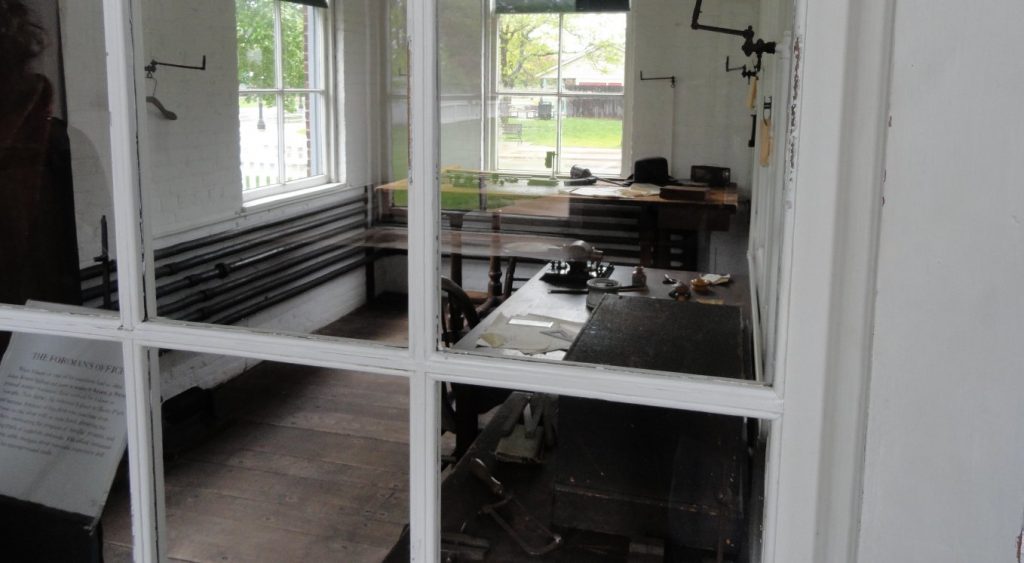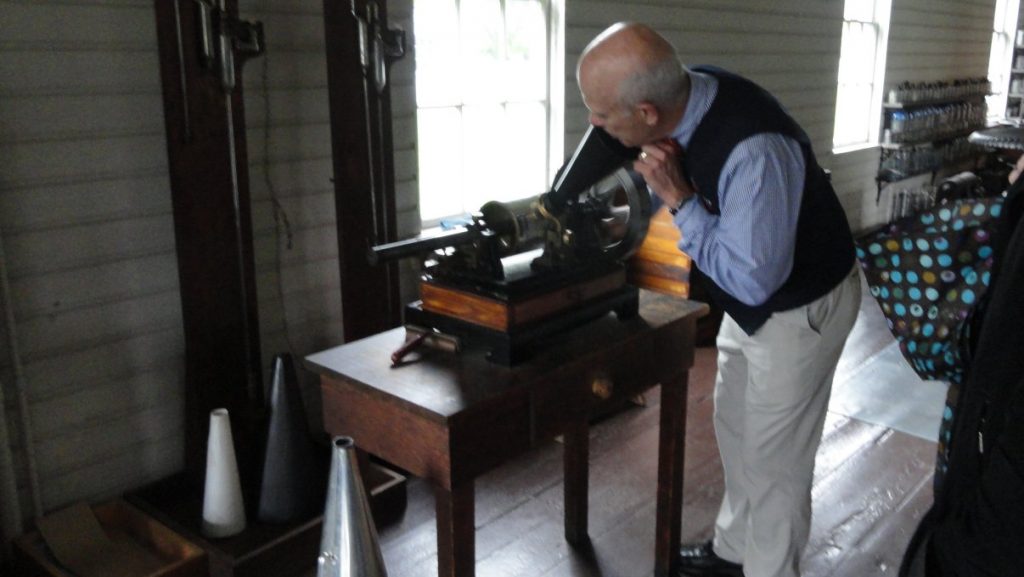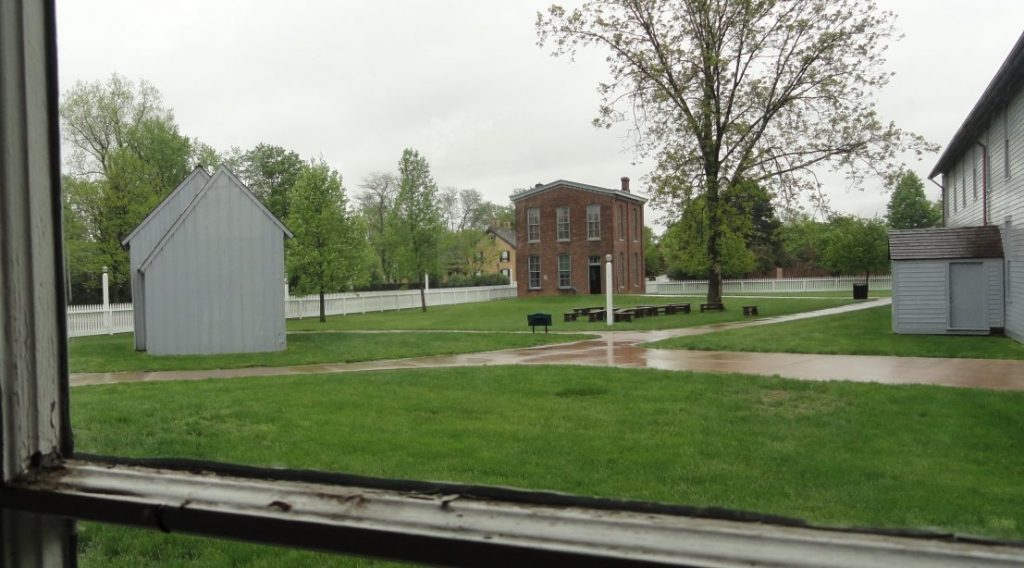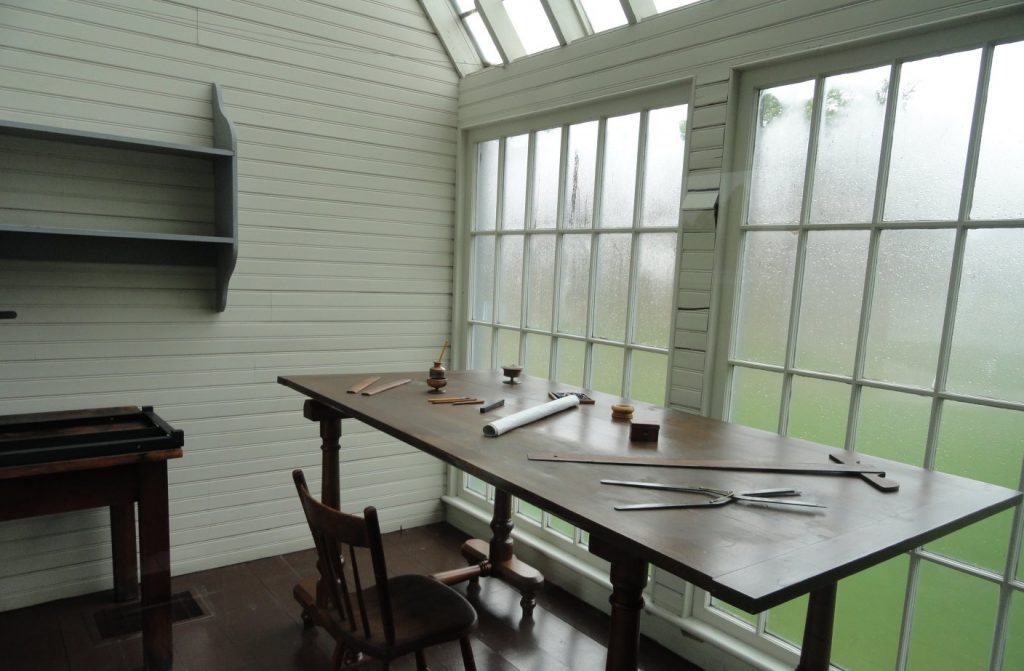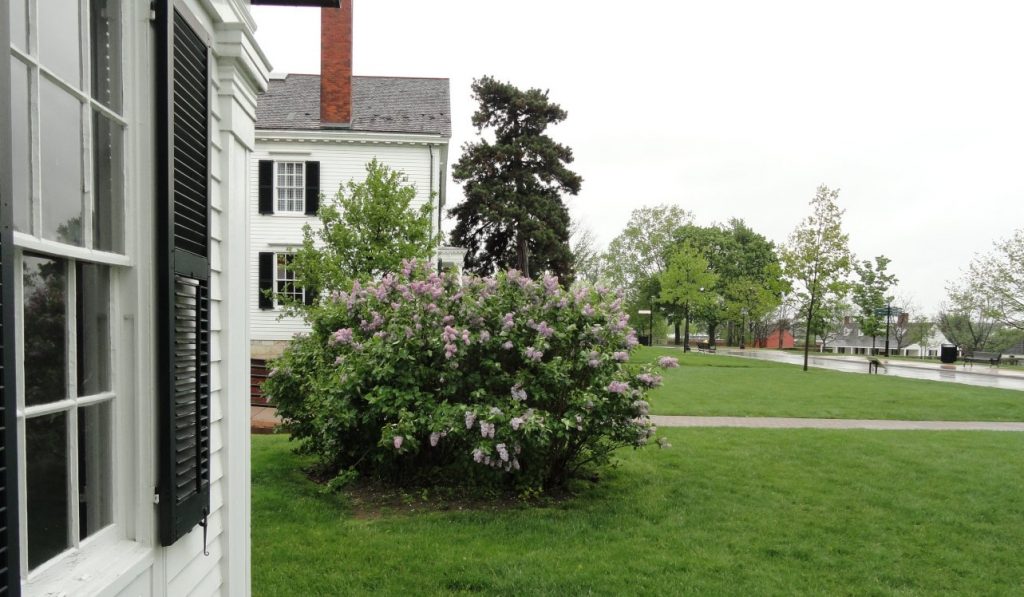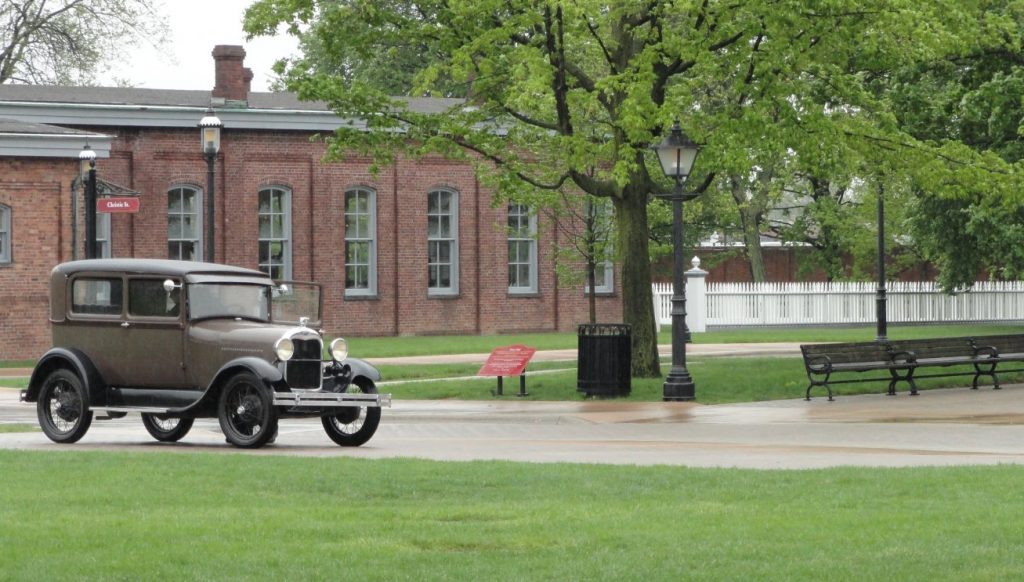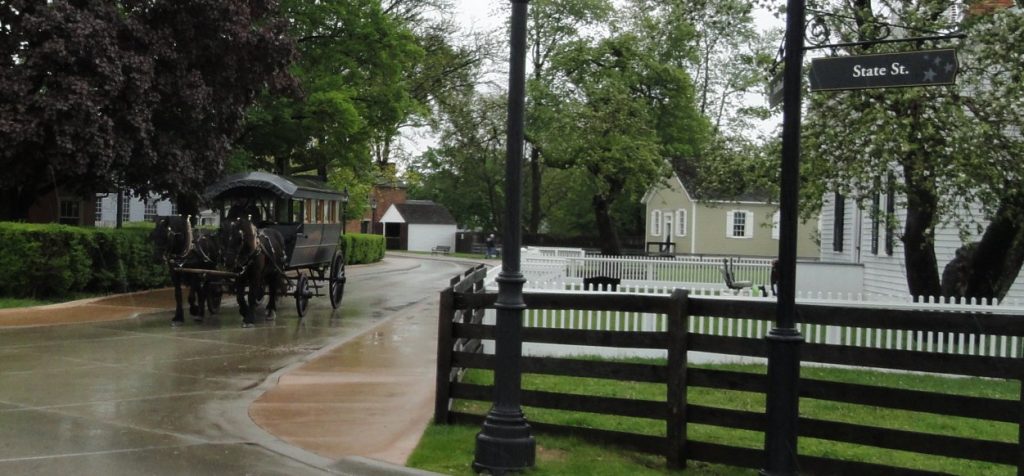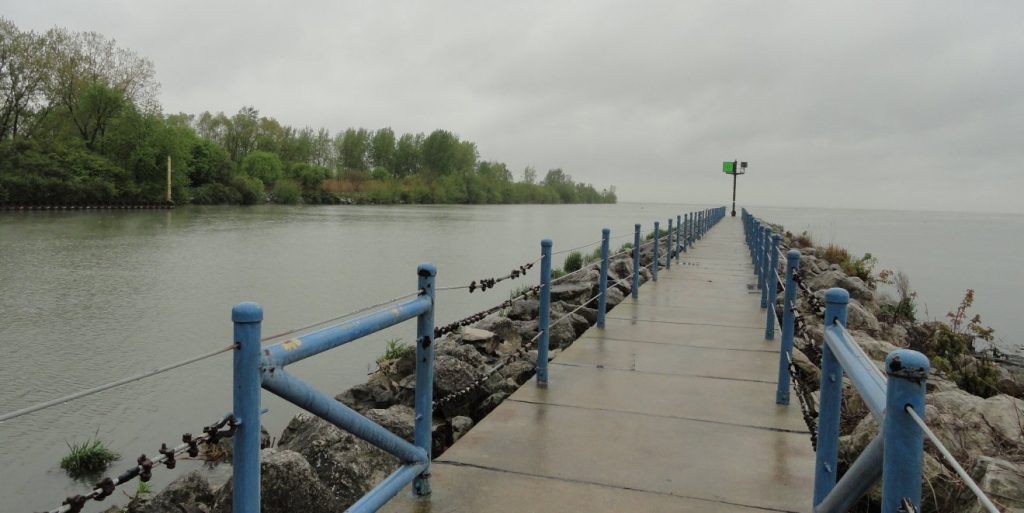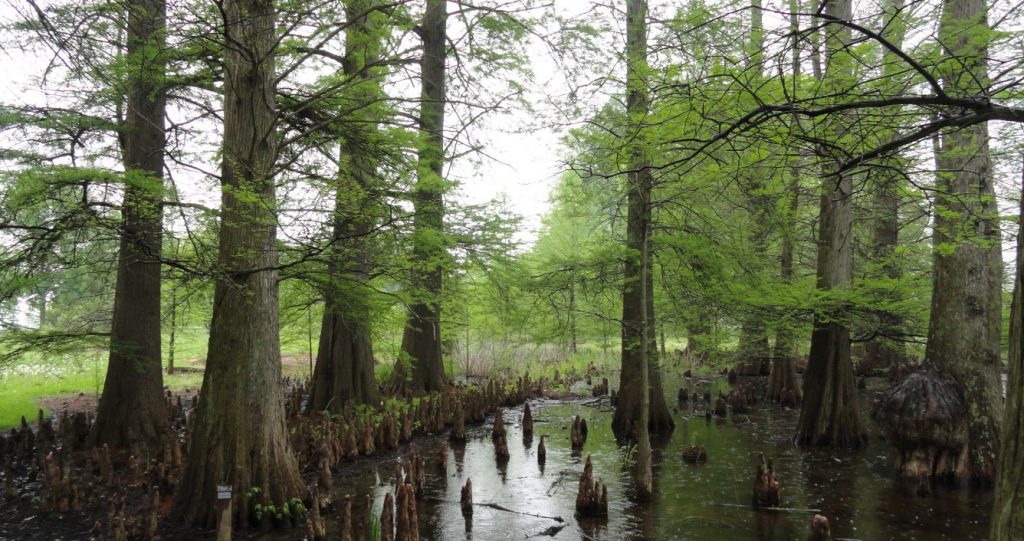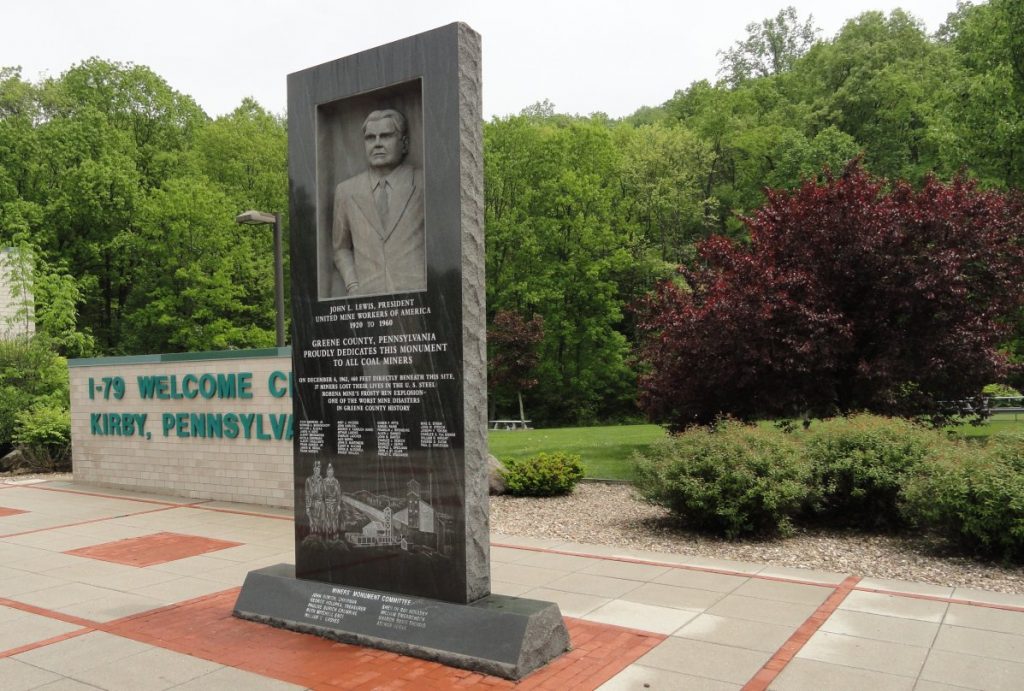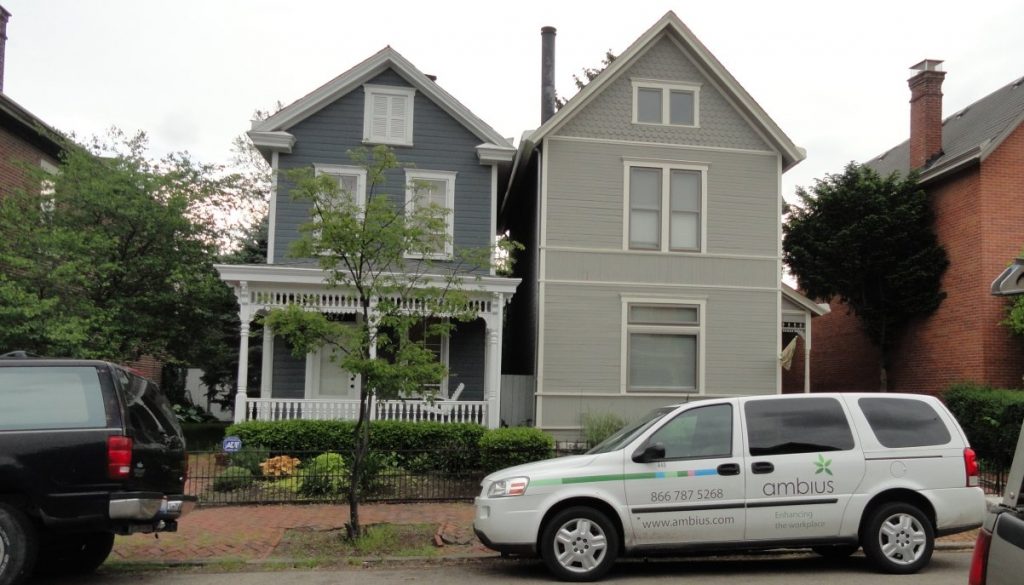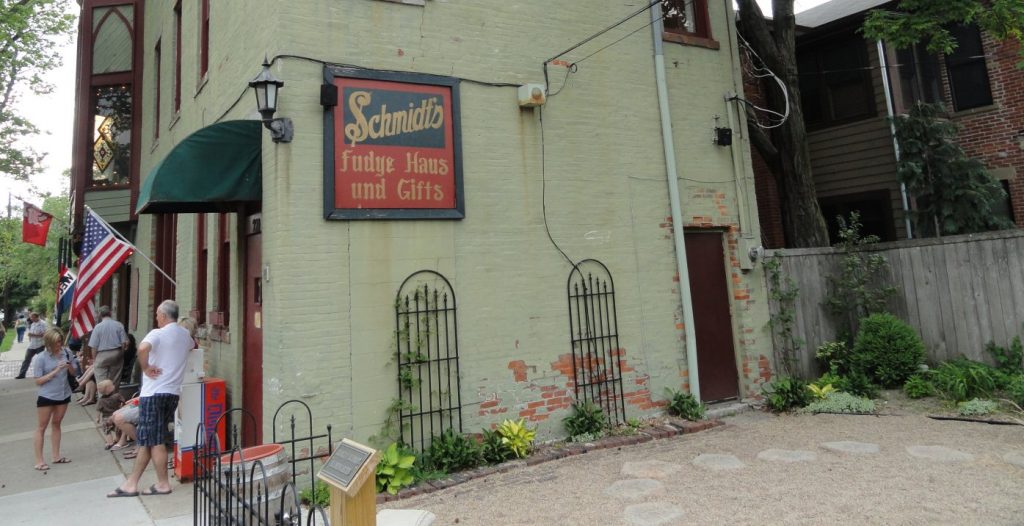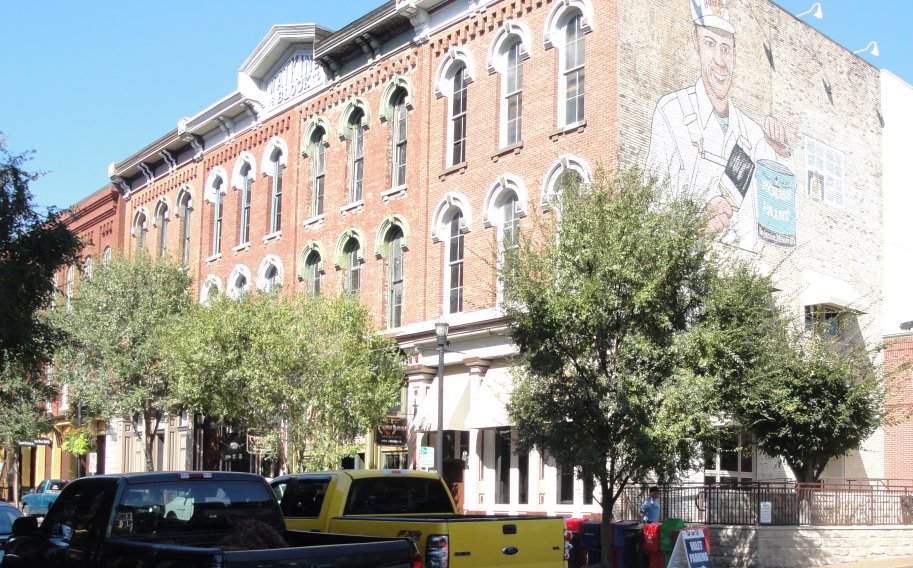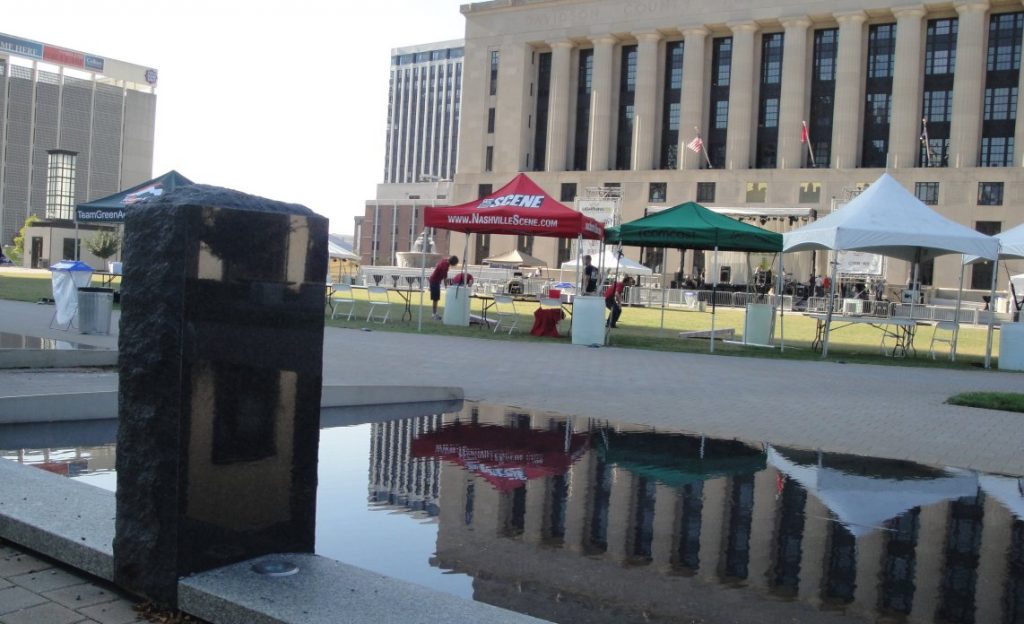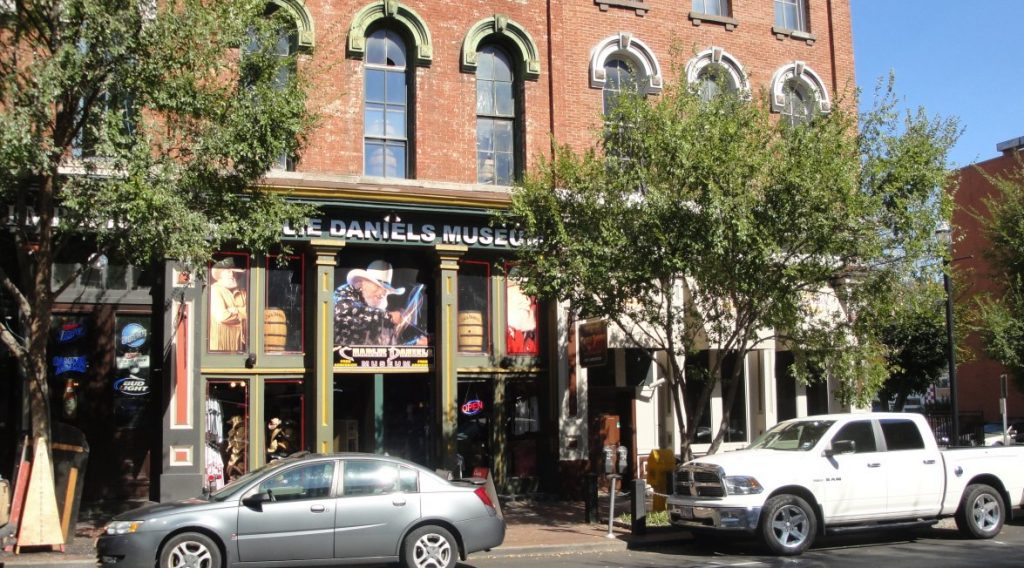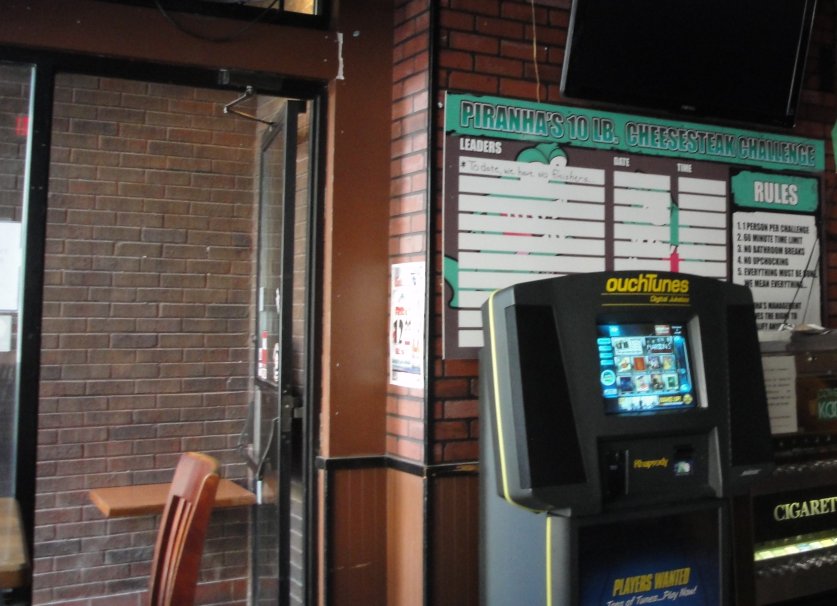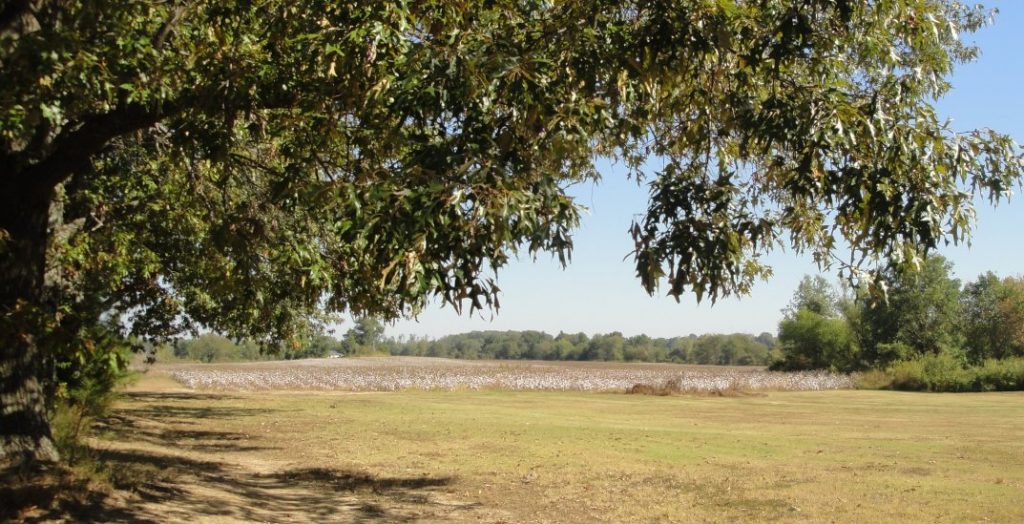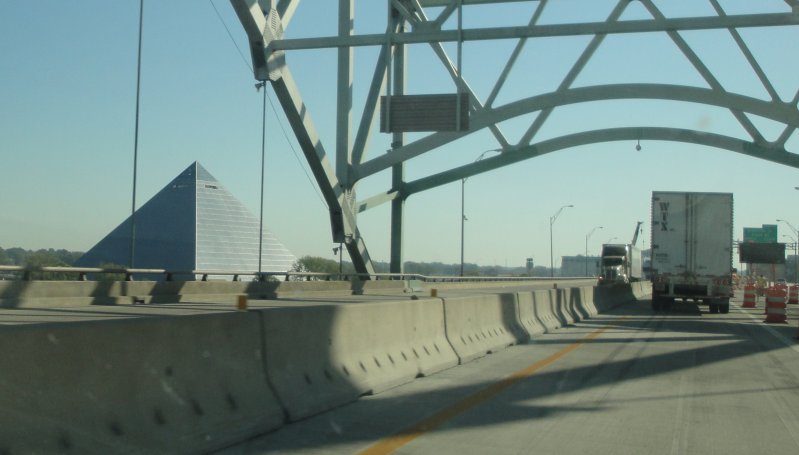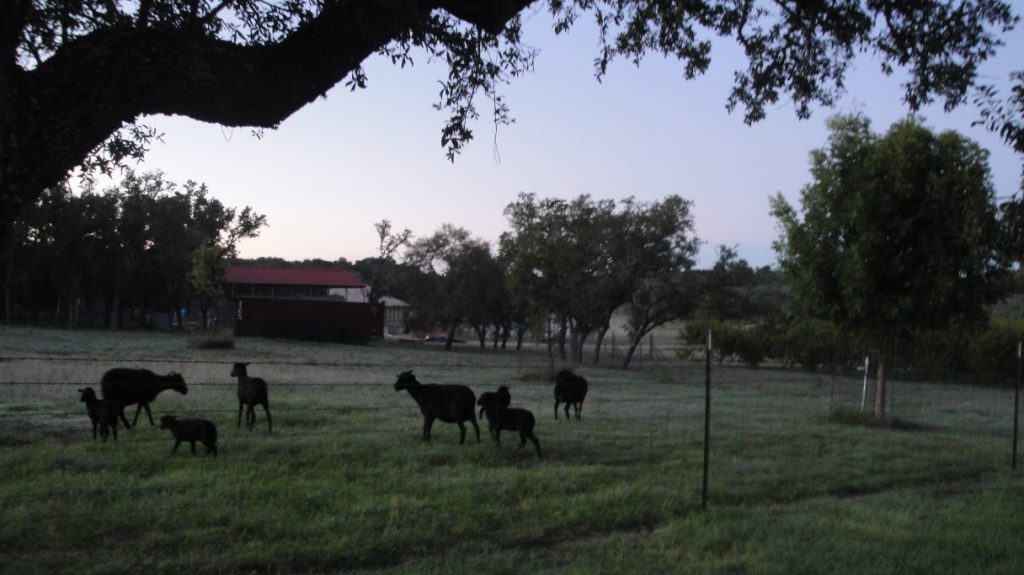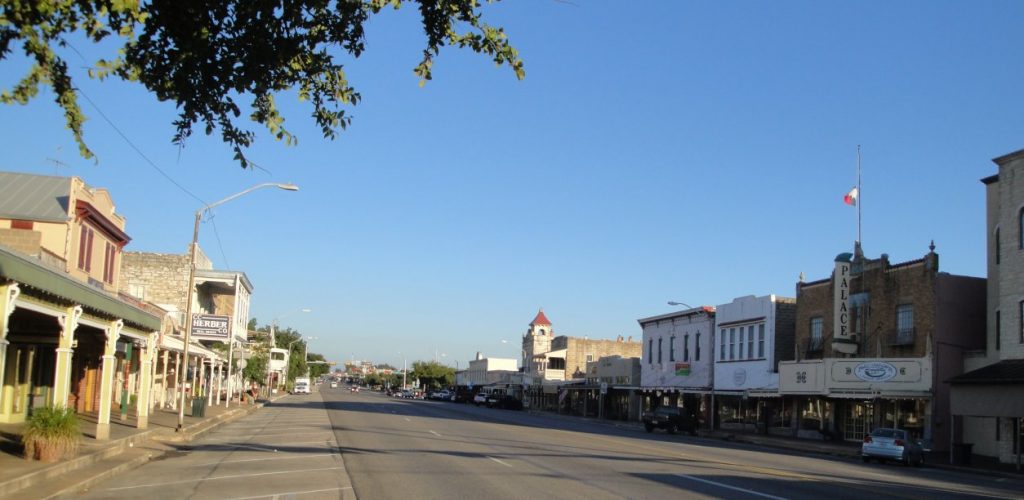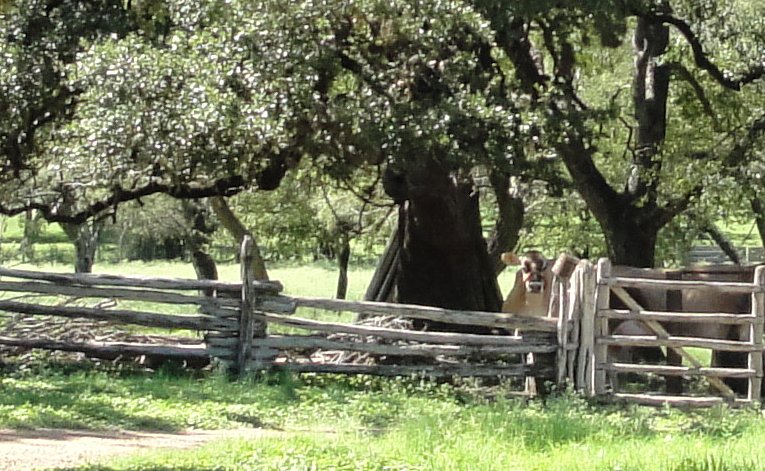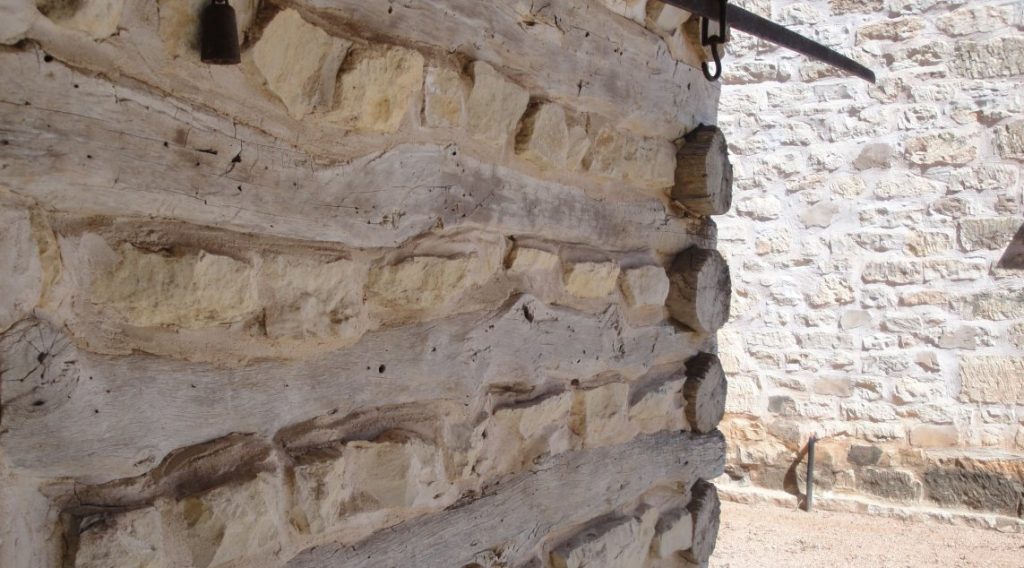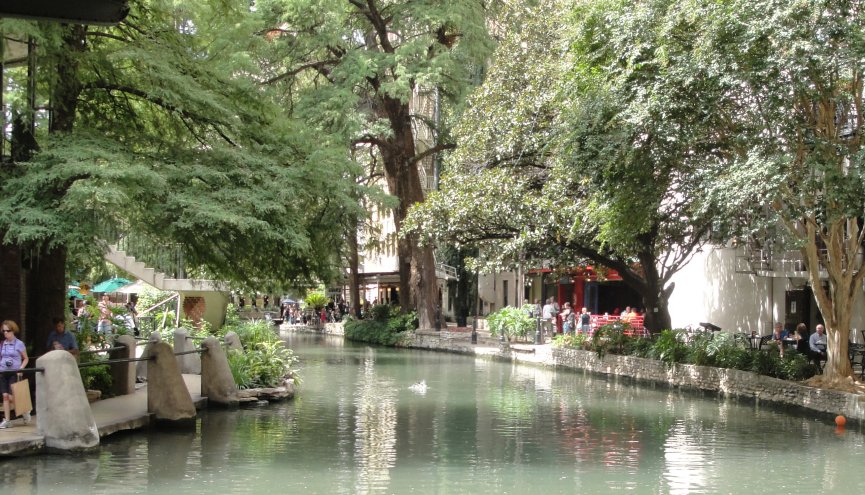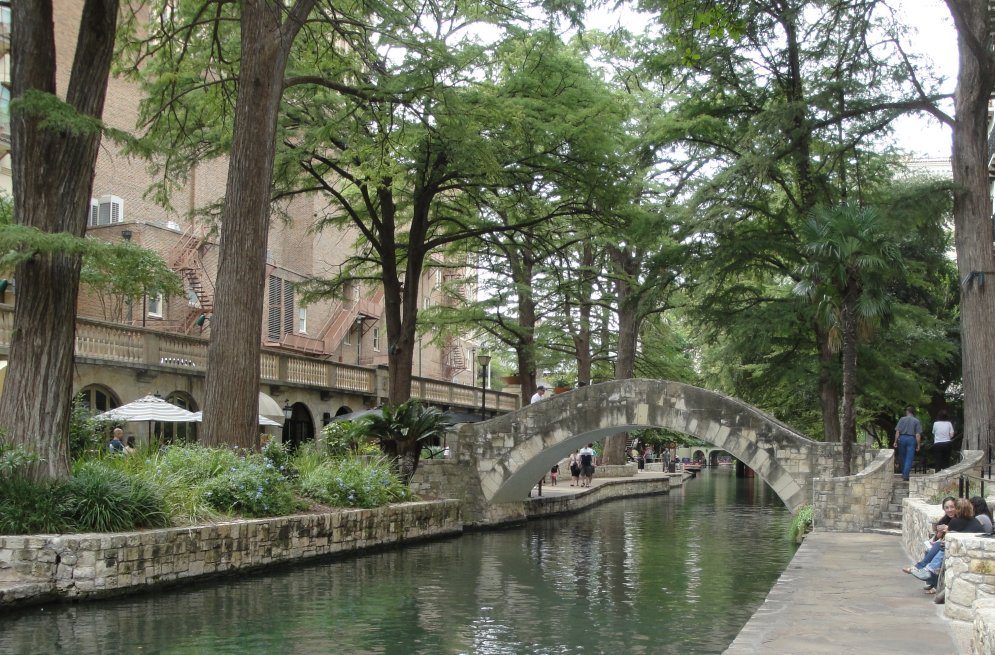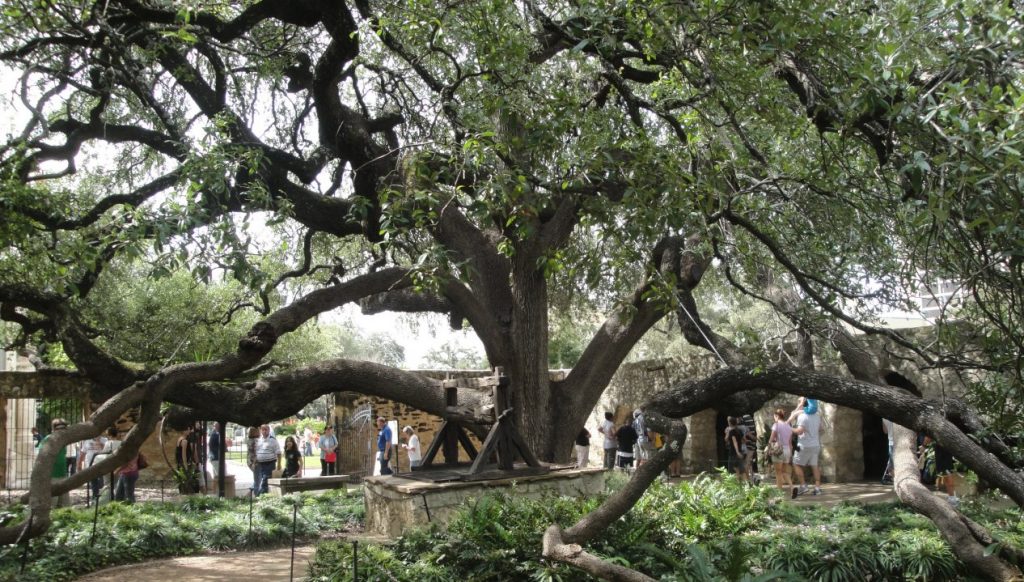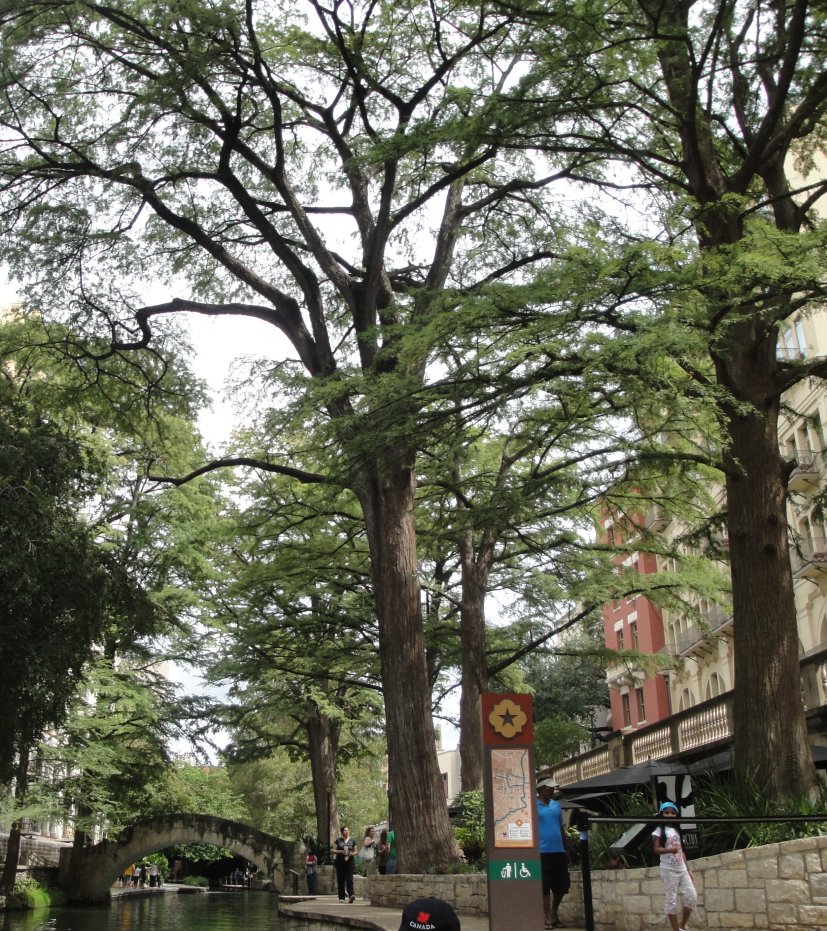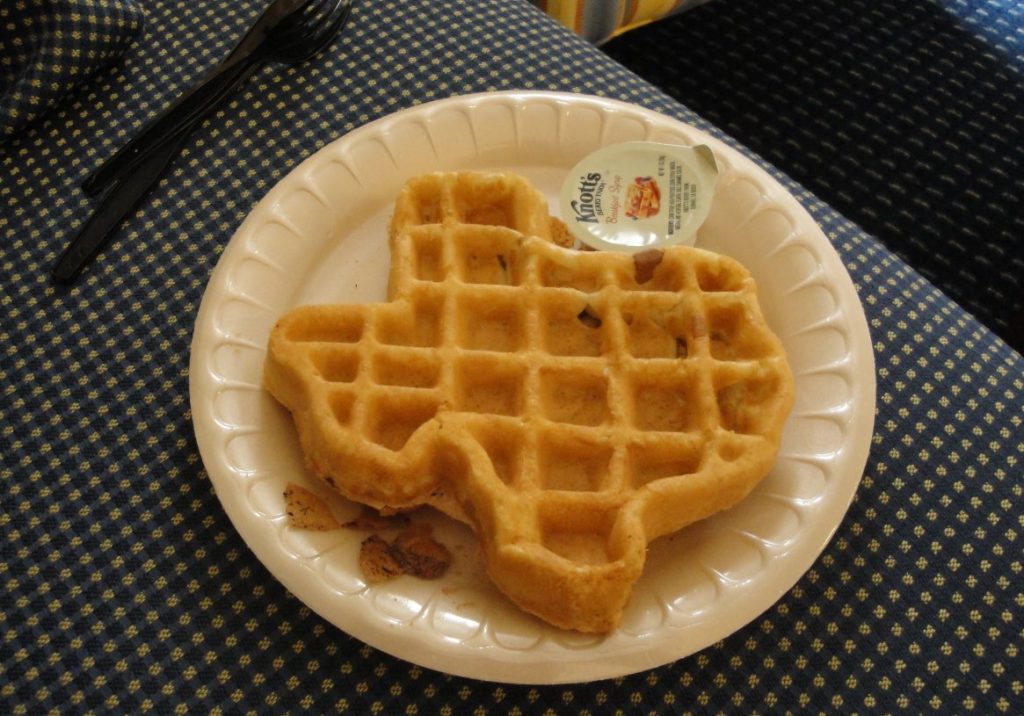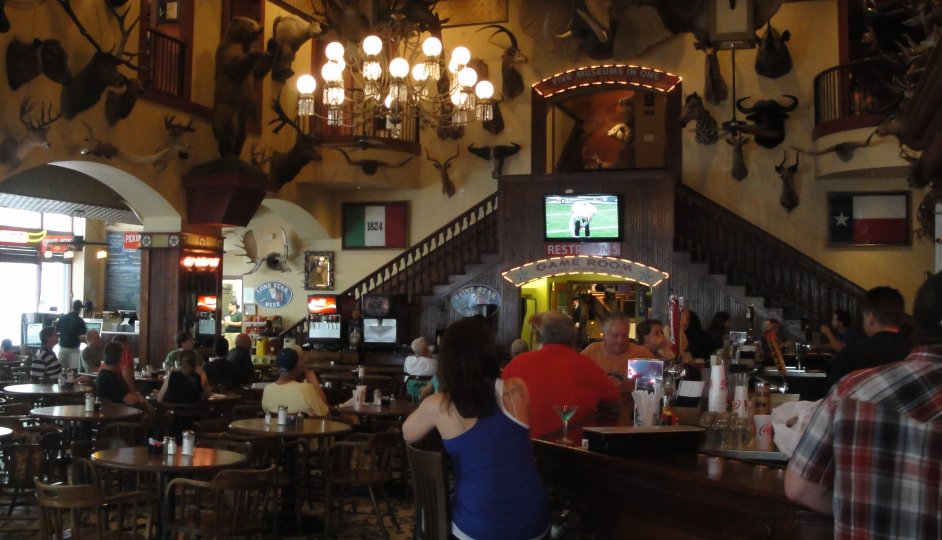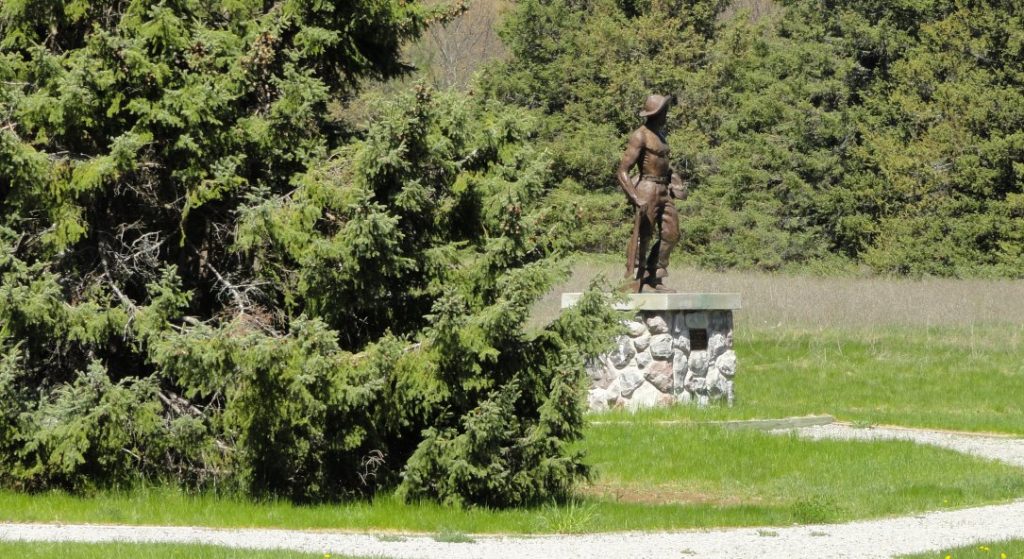
We saw a sign for a CCC memorial just off I-75, so we stopped to see. As an out-of-state car, it cost us $8 for the short visit, but it was worth going to see. My father was in the CCC and they planted trees so I feel a special connection in two ways. The monument is in a quiet place with lots of trees. The day was beautiful, cool and sunny. I feel comfortable but a little sad in such places. Bittersweet is the word. They remind me of good things past and gone.
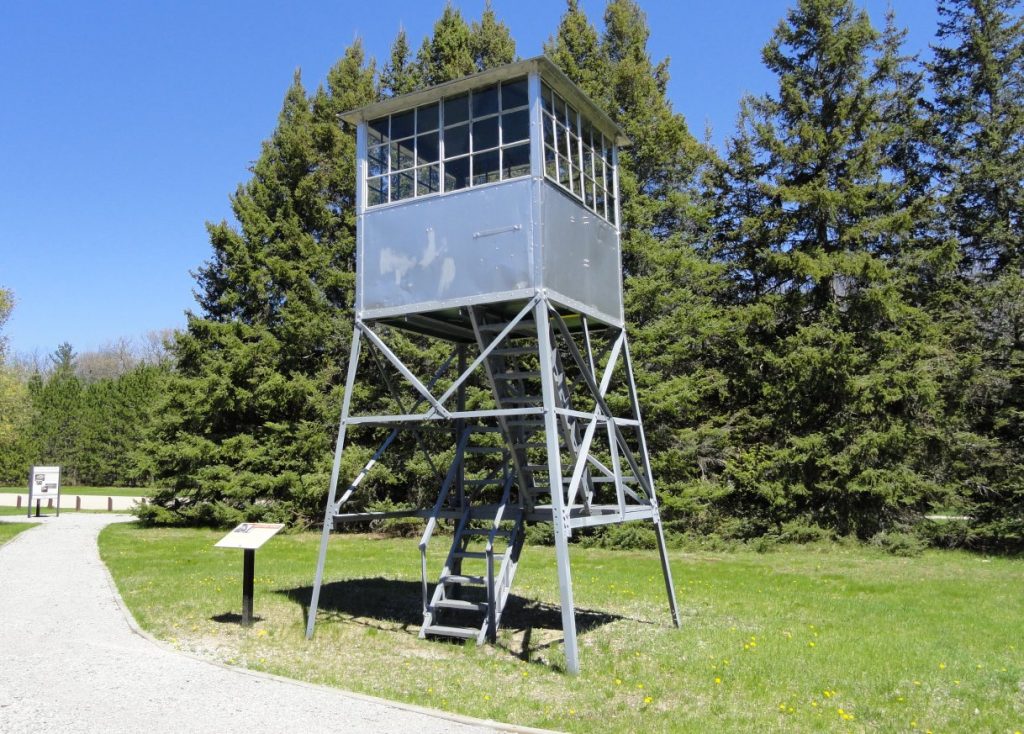
The CCC boys, my father among them, planted trees and did other conservation chores. It was important work for them and for the country. The early part of the 20th Century was the time when our American forests were in their worst shape ever. Lots of people feared we would run out of wood and that our soils and water would be forever lost. The CCC was not the only reason we have had such great success in turning the situation around, but it was important.
My father used to tell me about the CCC. When I think back on it, it was remarkable for him. He told me little in general about his life as a young man. I don’t know much about his years in the Army Air Corps & I don’t know anything for sure about his childhood, but I know a lot about the CCC from him. He enjoyed being in the woods and was proud of the work he had done. Whenever I saw a row of trees that I thought was planted by the CCC, I thought of him. It was one of the things we shared over the years.
When my father first told me about these things, it had less than thirty years since they did their work. Now it is more almost seventy. The trees they planted are fully mature and in some places they are in the second generation. They accomplished their mission, but youth has matured to age. I still think of the old man when i think of the CCC; I still feel proud of what he did and I still miss him. As I said, it is bittersweet.
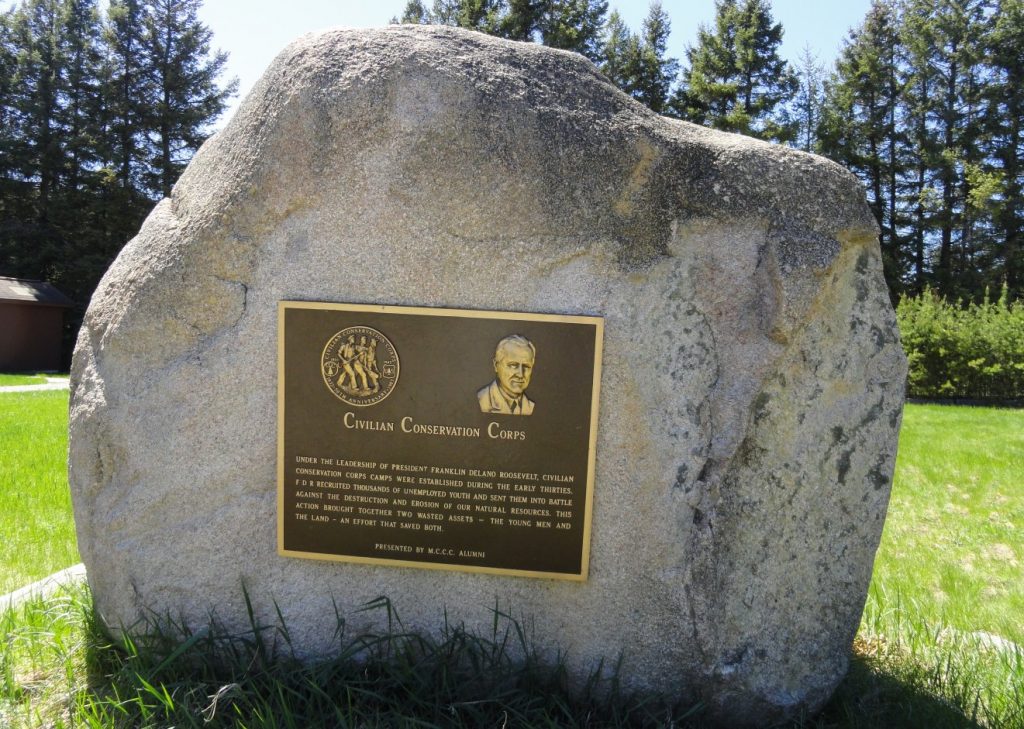
Generations pass quickly and memory passes with them. I suppose that most young people know little and care even less about the CCC. I don’t suppose many people come to places like this, at least not voluntarily.
The CCC took young men like my father and gave them some productive work to do. It kept lots of unemployed kids out of trouble and helped prepare our country for the challenge it would soon face in WWII. My father told me that it was very much like a military operation, including revelry and assembly. He said that when he went into the army in 1942, the instructors favored the men with CCC experience.

We have some similar unemployment problems today, but this solution wouldn’t work. I fear we have become too wimpified as a nation. The CCC boys built the barracks you see in the picture above. Forty of them lived in it in Spartan conditions. It was hot in summer, cold in winter and probably leaky when it rained. Before they built the barracks, they lived in tents. Imagine “subjecting” poor kids to that sort of thing today. Of course, I am sure there would be accusations of “bullying”, not to mention myriad violations of the Americans with Disabilities Act. And how would public employee unions react to thousands of kids making low wages taking jobs in public parks? Finally, the CCC boys (I think they were all boys) had to send much of their money home to their mothers. How would today’s kids feel about that?
The Pictures:
On top is a statue of a CCC boy. Next is a mini fire tower, followed by a plaque talking about the CCC. The last picture is the CCC barracks.

